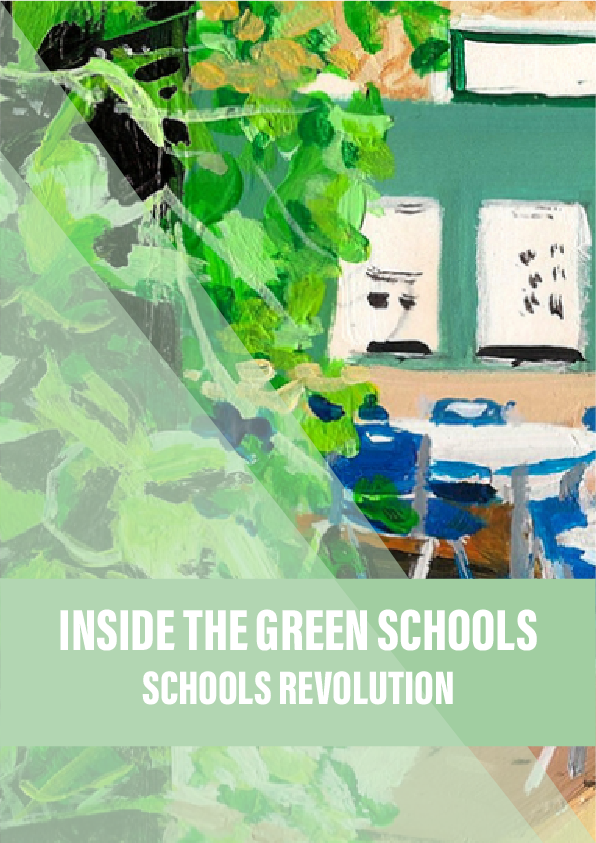It begins with a girl from Oregon. She is eight years old, and crying.
At the edge of suburbia, her grandfather’s woods with her favourite climbing trees and ‘green sky’ trees for reading are being clear-cut for a new housing development where she and her mother will be forced to live.
She will be an architect, she tells her mother through her tears. One who can build homes without killing the trees.
Twenty years later, two girls and a boy are pointing out a dry streambed and a towering bank of plants bathed in daylight. They are 10 or 11 years old, and talking excitedly, all at once, about the things they love the most. The plants climbing an 18-foot wall are purifying the air and treating used water, while the pebbled streambed carries new rainwater to a cistern beneath a ‘living building’: an airy classroom designed to function as efficiently as a flower.
Stacy Smedley, the girl from Oregon, became an architect after all, and helped to build this science wing for the private Bertschi School in Seattle. The classroom has the lifespan of a tree, is mainly lit by the sun, collects its own water, and excludes a long ‘red list’ of potentially harmful materials such as mercury, formaldehyde and polyvinyl chloride. Best of all, Smedley says, the kids helped design it themselves.
They’re among the lucky ones. Teachers, parents, politicians and researchers routinely cite a long list of factors that can interfere with a quality education. The dangers of asbestos and lead in older school buildings have been documented for years. Among the external threats, pesticides can stray from adjacent fields, while pollutants drift from nearby roads. Until recently, however, relatively few observers focused on the overall environmental quality of the interior spaces where, apart from their own homes, children spend most of their time.
As evidence mounts that factors such as poor ventilation, inadequate daylight, and exposure to chemicals and microbes can harm both learning and health, a movement linking well-designed classrooms to the wellbeing of students is gaining momentum. But by adopting short-term solutions to overcrowding and underfunding – such as cheaply constructed and poorly maintained portable classrooms – many schools are only making the problem worse.
Reference:











